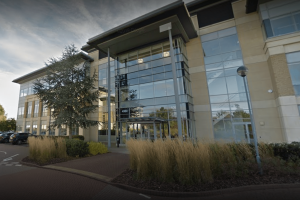Inflation stagnates in March

THE headline rate of inflation remained unchanged at 2.8% for March as competing forces on the Consumer Prices Index cancelled each other out.
Latest data from the Office for National Statistics said (CPI) showed “there were a number of effects attempting to push the inflation rate both up and down between February and March but these effects were smaller than in most months and cancelled out overall”.
The largest upward effect came from the recreation & culture sector where prices of audio-visual equipment and books, newspapers & stationery rose.
Offsetting the upward effects, price changes for furniture & furnishings, motor fuels and meat pushed down on the headline rate between February and March. Average petrol prices rose by 2.2p per litre between February and March compared with a larger 3.3p per litre rise in 2012. Similarly average diesel prices rose by 1.9p per litre in 2013 compared with 2.6p in 2012. Prices of furniture, in particular lounge furniture, also rose by less in 2013 than in 2012.
Finally a range of meat prices fell between February and March this year but rose a year ago. These included beef, chicken breasts and cooked ham.
CPIH, the new measure of consumer price inflation including owner occupiers’ housing costs, grew by 2.6% in the year to March 2013, unchanged from February.
The ONS said the stagnating trend continues the pattern of, broadly, consistent inflation that has been seen since spring 2012 with the figures being particularly stable over the last six months, standing at 2.7% for four months followed by 2.8% for February and March 2013.
However, many believe inflation has yet to peak and will continue to rise during the summer with predictions of a 3.5% ceiling. Escalating food prices and rising utility bills are likely to be the main contributors.
Birmingham Chamber of Commerce Group president Steve Brittan said: “Although CPI inflation was unchanged from February, the trend is worrying.
“There is no sign that the Bank of England’s annual inflation target of 2% will be reached and this is extremely damaging for business.
“The Bank said yesterday that they expected inflation to go up to 2.7 per cent so today’s figure is higher than anticipated.
“With the quantitative easing programme running its course, we call on the Bank and the government to concentrate all efforts on bringing inflation down to the two per cent target no matter how tough that may be.”







